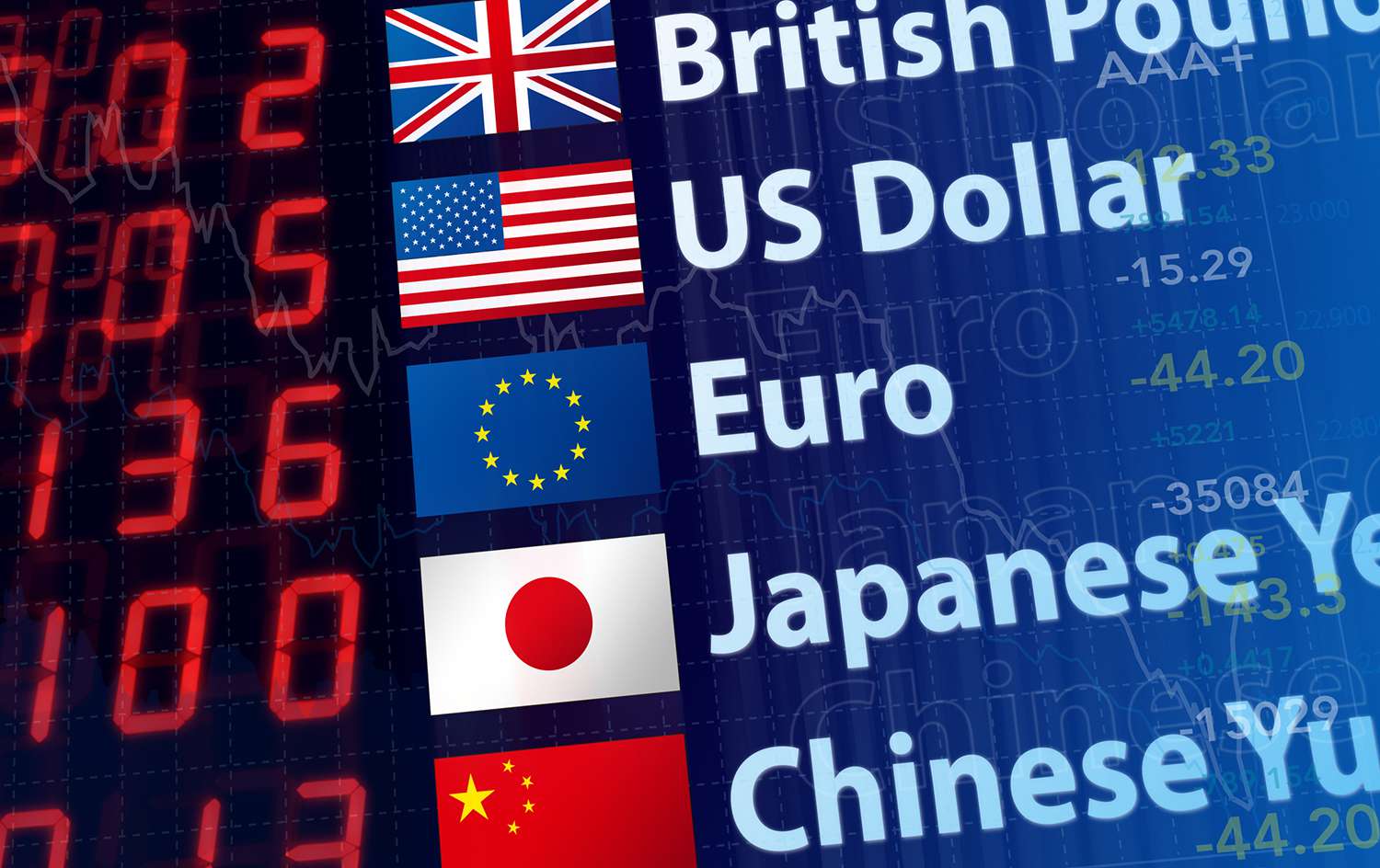
What Are Currency Pairs? Understanding Majors, Minors, and Exotics
What Is a Currency Pair?
A currency pair shows the value of one currency against another. For example, EUR/USD = 1.10 means 1 euro equals 1.10 U.S. dollars.
-
The first currency is called the base currency.
-
The second currency is called the quote currency.
Major Pairs
Major pairs always include the U.S. dollar (USD) and are the most traded in the world. Examples:
-
EUR/USD (Euro vs. U.S. Dollar)
-
GBP/USD (British Pound vs. U.S. Dollar)
-
USD/JPY (U.S. Dollar vs. Japanese Yen)
Features:
-
High liquidity
-
Tight spreads
-
Popular with beginners and professionals alike
Minor Pairs
Minor pairs do not include the U.S. dollar but involve other strong currencies. Examples:
-
EUR/GBP (Euro vs. British Pound)
-
EUR/AUD (Euro vs. Australian Dollar)
-
GBP/JPY (British Pound vs. Japanese Yen)
Features:
-
Less traded than majors
-
Slightly wider spreads
-
Still liquid and accessible
Exotic Pairs
Exotic pairs include one major currency and one currency from a smaller or emerging economy. Examples:
-
USD/TRY (U.S. Dollar vs. Turkish Lira)
-
EUR/SEK (Euro vs. Swedish Krona)
-
USD/ZAR (U.S. Dollar vs. South African Rand)
Features:
-
Wider spreads
-
Lower liquidity
-
Can be more volatile
Why It Matters for Traders
-
Costs: Majors usually have the lowest spreads.
-
Opportunities: Minors and exotics may provide different market opportunities.
-
Risk: Exotic pairs can move fast, which means higher risk for beginners.
Key Takeaway:
Knowing the difference between major, minor, and exotic currency pairs helps traders choose wisely and manage risks effectively. Beginners often start with major pairs before exploring others.
